Descripción
La 4ª edición de Modern Physics for Scientists and Engineers por S. Thornton y A. Rex además de contar con los últimos descubrimientos en la física moderna, presenta un enfoque moderno e integral a la física con un fuerte énfasis en las aplicaciones. Los autores discuten los experimentos que condujeron a descubrimientos importantes con el fin de ilustrar el proceso detrás de los avances científicos y para dar a los estudiantes una perspectiva histórica.
El texto cuenta con una organización flexible que permite a los instructores para seleccionar y enseñar temas en una secuencia preferida sin comprometer la experiencia de aprendizaje del estudiante. Una base teórica sólida en la teoría cuántica se incluye para ayudar a estudiantes de física a tener éxito en sus cursos de división superior.

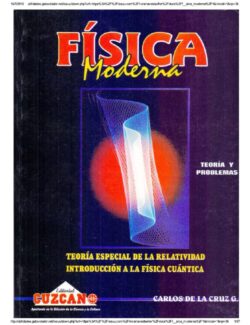
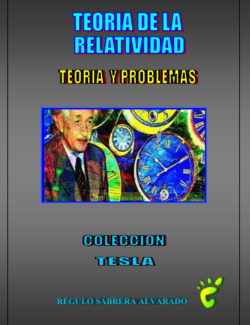

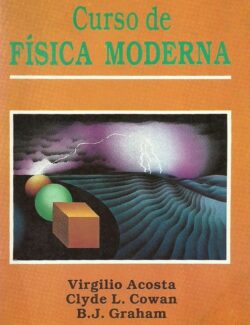
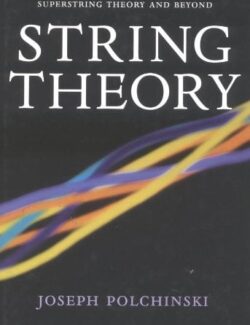

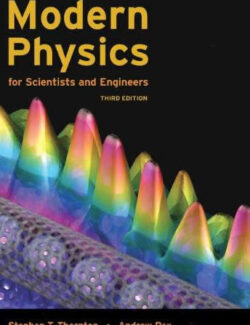

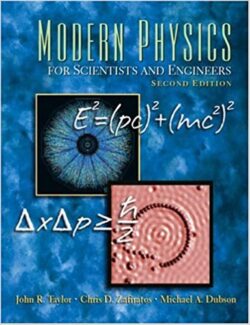
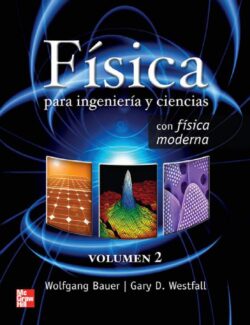
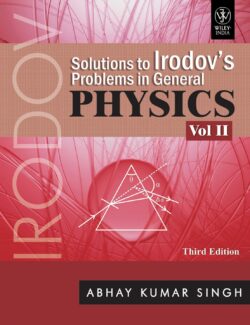
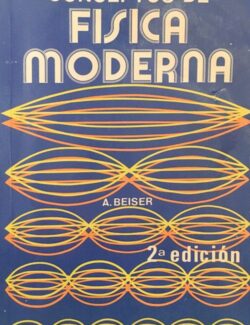
¿Qué piensas de este libro?
No hay comentarios